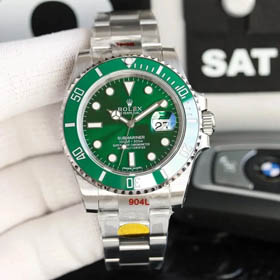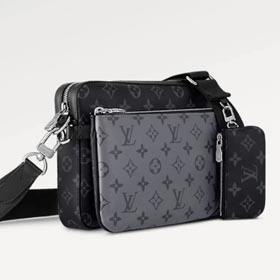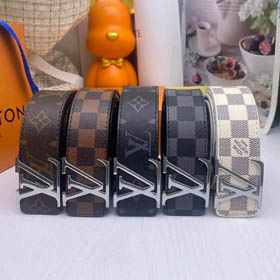The Iconic Tale of Burberry: From Humble Beginnings to Global Luxury
Established in 1856 by Thomas Burberry, a young draper’s apprentice, Burberry began as a small outfitter’s shop in Basingstoke, England. Originally named "Burberrys," the brand initially focused on producing durable outdoor attire, quickly gaining recognition for quality and innovation.
In 1879, Thomas Burberry invented gabardine, a breathable, weather-resistant, and hard-wearing fabric that revolutionized rainwear. This pioneering material was tightly woven and waterproofed before weaving, making it ideal for coats and outerwear. This innovation led to the creation of the iconic Trench Coat, originally designed for British army officers during World War I. Its functional features, such as the gun flap, D-rings, and storm shield, remain distinctive elements of Burberry’s trench coats today.

The Burberry check pattern, first introduced as a lining for the trench coat in the 1920s, became a universal symbol of British elegance. However, by the late 20th century, overexposure led to its diminished exclusivity. Under the creative direction of Christopher Bailey and later Riccardo Tisci, Burberry revitalized the brand, balancing tradition with modernity.
Burberry expanded its product lines to include fragrances, accessories, and luxury apparel, consistently emphasizing quality and craftsmanship. The brand’s digital transformation, including pioneering social media and runway live streams, positioned it as a forward-thinking luxury house.
Today, Burberry stands as a beacon of British heritage and contemporary style, continually evolving while honoring its rich history. Its commitment to innovation, sustainability, and cultural relevance ensures it remains a dominant force in global fashion.
- 1856: Thomas Burberry opens his first store.
- 1879: Invention of gabardine fabric.
- 1914: Introduction of the Trench Coat for military use.
- 1920s: Debut of the signature check pattern.
- 2000s: Brand revitalization under new creative leadership.



















